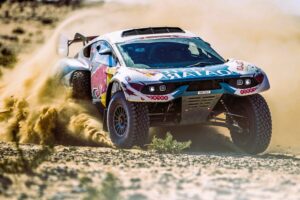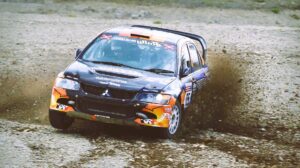The Evolution of Rally Cars: From Classic to Modern
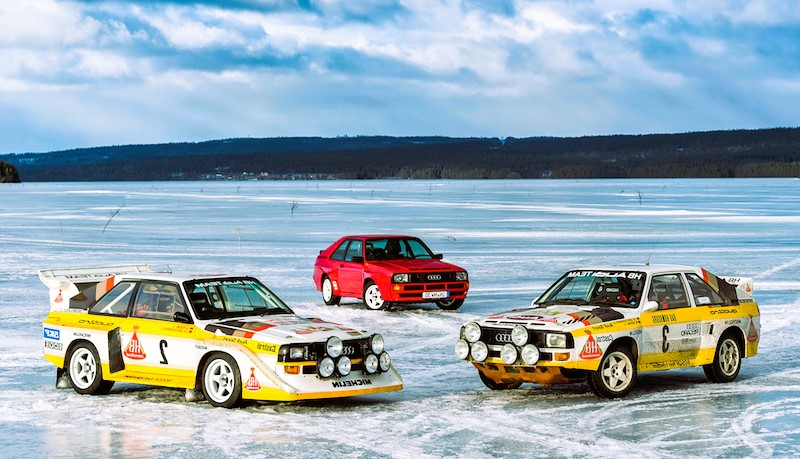
Rally racing has always been at the forefront of automotive innovation, pushing the boundaries of technology, performance, and design. Over the decades, rally cars have evolved from humble beginnings to cutting-edge machines that redefine the limits of speed and agility. In this article, we’ll take a journey through time to explore the fascinating evolution of rally cars, from classic to modern, and the groundbreaking advancements that have shaped the sport.
The Early Days: From Production Cars to Purpose-Built Machines
In the early days of rally racing, competitors relied on modified production cars to tackle the grueling stages of the rally circuit. These early rally cars were typically based on mass-produced models, with modifications made to enhance their performance and durability. From the iconic Mini Cooper to the rugged Ford Escort, these classic rally cars captured the imagination of fans with their iconic designs and thrilling performances on the rally stage.
The Golden Era: Group B and the Birth of the Supercar
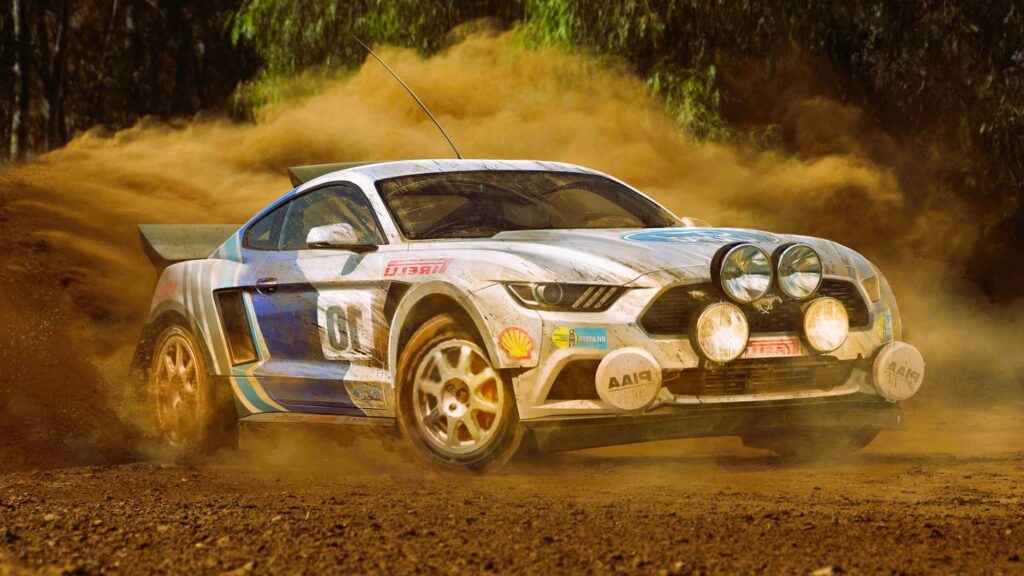
The 1980s ushered in a new era of rally racing with the introduction of Group B regulations, which pushed the boundaries of performance and technology to new heights. Manufacturers spared no expense in developing lightweight, turbocharged monsters capable of blistering speeds and jaw-dropping acceleration. Cars like the Audi Quattro, Lancia Delta S4, and Peugeot 205 T16 became legends of the sport, dominating rally stages and capturing the hearts of fans around the world.
The Modern Age: Advanced Technology and All-Wheel Drive Dominance
In the modern era of rally racing, technological advancements have transformed the sport, ushering in an era of unprecedented speed, precision, and safety. Today’s rally cars are marvels of engineering, featuring sophisticated all-wheel-drive systems, advanced aerodynamics, and state-of-the-art electronic controls. Manufacturers like Subaru, Mitsubishi, and Toyota continue to push the envelope with cutting-edge designs that blur the line between road car and race car. Exploration of the iconic routes of the “Edge of the World” rally, more details here.
The Rise of Electric Rally Cars: Pioneering the Future of Motorsport
As the automotive industry shifts towards electrification, rally racing is not immune to the trend. In recent years, we’ve seen the emergence of electric rally cars that promise to revolutionize the sport with their eco-friendly performance and lightning-fast acceleration. From the Volkswagen ID. R to the Ford Fiesta ERX, electric rally cars are paving the way for a greener, more sustainable future for motorsport.
Safety First: Protecting Drivers and Spectators
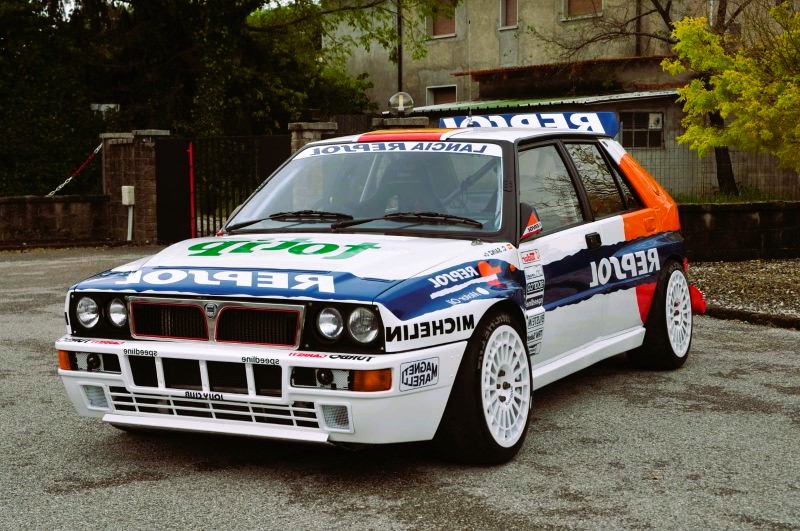
Throughout the evolution of rally cars, safety has always been a top priority. From roll cages and fire suppression systems to impact-absorbing materials and advanced driver-assistance systems, today’s rally cars are equipped with a range of safety features designed to protect drivers and spectators in the event of a crash or rollover. Manufacturers work closely with governing bodies like the Fédération Internationale de l’Automobile (FIA) to ensure that safety standards are continuously updated and improved to keep pace with technological advancements.
Conclusion: A Legacy of Innovation and Excellence
From the classic rally cars of yesteryear to the cutting-edge machines of today, the evolution of rally cars is a testament to the ingenuity, creativity, and passion of automotive engineers and designers. With each new generation of rally car, manufacturers push the boundaries of what’s possible, striving to achieve ever-greater levels of performance, efficiency, and safety. As we look to the future, one thing is clear: the legacy of innovation and excellence in rally racing will continue to inspire and captivate fans for generations to come.
Source: Wikipedia

